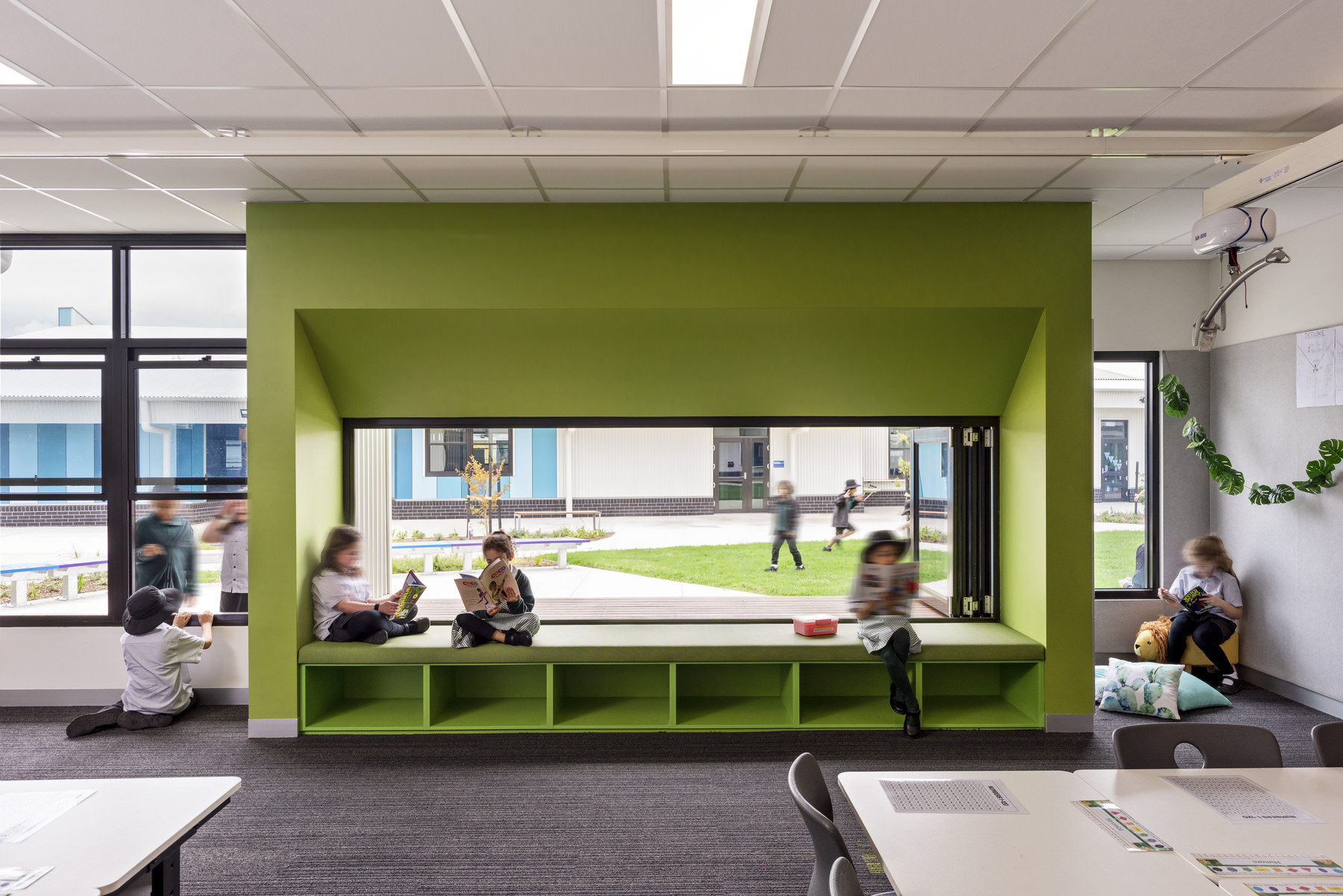The educational movement has shifted in recent decades from a teacher-led to a student-centered learning environment. Learning environments have become more adaptive, flexible, and responsive to the needs of students as learning pedagogy moves away from the traditional “chalk and talk” classroom and toward a more collaborative conversation of information exchange between students and teachers.
At BLP, we recognise that a teacher’s capacity to teach and a student’s ability to learn effectively and productively are both influenced by a variety of factors. One of these crucial influences is physical space. As learning space designers, we understand the need to respond in a positive way to a wide range of individual characters, personalities, cultures, and behaviors.
Student-centred schools focus on designing learning experiences that recognise and respond to the individual needs of each of their students. They encourage all members of their school community to be active learners, working to enhance the educational opportunities available at their school. – Literature Review: Student-centred schools make the difference, AITSL, June 2013
Inclusivity is at the core of our ethos when designing learning environments. Our holistic view on learning places health and well-being at the forefront, to embrace and cater for the wide variety of student’s needs, nurturing the potential for positive, productive learning outcomes.
“We focus on the needs of all learners. We acknowledge that all learner needs are unique and different. We place learning at the cognitive centre of growth and development – not just academically – but physically and emotionally.” – Shane Wood | Education Sector Leader
Our recent work with the VSBA designing the new Supported Inclusive School’s additional learning spaces and wellbeing amenities aids and serves all students, facilitating greater inclusion for children of all abilities within local public schools, which evidence indicates enhances social acceptance and learning outcomes for all.
We saw the opportunity to push and adapt a traditional school design template to create learning environments that provide young people options to how and where they learn. These spaces are built as ‘hubs’ that are part of a fully inclusive school building model, allowing children with varied degrees of cognitive and/or motor difficulties to attend mainstream learning environment, enhance creativity, develop skills and knowledge, and to best prepare them for their future after school.
These contemporary learning spaces include large open gathering and teaching spaces, as well as more intimate spaces for focused learning. Teaching staff can address the needs of differing learning styles using these varied yet connected learning space options without isolating students or compromising supervision.
Within the schools, retreat spaces and sensory pods were seamlessly integrated without increasing the overall design area requirements, providing fluid spaces for students and supporting the all inclusive model of learning, which allows staff and students to participate in a variety of learning environments, aligning with BLP’s philosophy of designing buildings that enhance the human experience.
A well-designed school promotes individual engagement, as well as connection to the wider community. Designing social infrastructure facilities that support and enhance a community’s health and well-being is a top priority for BLP.
“As a practice, we believe in creating social infrastructure that cares for all users. This project was a great opportunity to demonstrate those values by creating fully inclusive learning spaces.” – Ariel Lopez | Principal & Education Sector Leader
Engagement begins with a connection to place, whether you are a student, teacher, parent, or member of the staff of a learning community. A school can generate a positive sense of belonging by establishing a strong sense of place and culture that is unique to its community, and where careful consideration of demographics, cultures, and stage development is interwoven into the design of learning environments.
Internal and external learning environments that engage learners in a variety of spaces and connect them in a collaborative, supportive manner will improve productivity and sense of self. When a learning environment is relatable and aligned with the requirements of the individual, it fosters engagement and attention.
At BLP we achieve this by deeply understanding the learning community and by placing the wellbeing of its people at the centre of learning space design.
Co-authored by Ariel Lopez & Shane Wood, Education Sector Leaders
Connect with Ariel
LinkedIn
Email
Connect with Shane
LinkedIn
Email


